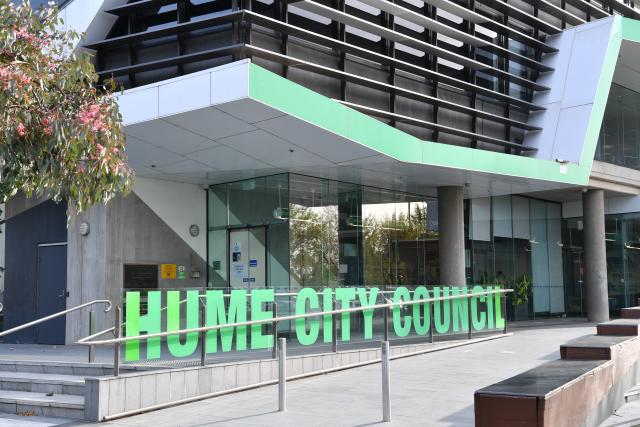Residents of Incana Drive, Mill Park, are fed up with the 10-metre gum trees on their nature strip and want them removed.
Fifty-seven residents have lodged a petition with Whittlesea council that calls for officers to assess the environmental, safety and structural issues with the gum trees planted in their street about 10 years ago.
One of the petitioners, Elaine Costanzo, said the trees drop “copious” amounts of leaves, bark and branches, creating a mess for residents to clean up.
She said the tree outside her house was planted too close to her sewage outlet, contravening council guidelines.
“They create so many problems, with leaves in my gutters. I’m so tired of them.”
Ms Costanzo moved into the street 17 years ago, before the gum trees were planted in place of smaller ornamental trees.
In 2000, Whittlesea council produced a street tree masterplan after conducting a street-by-street assessment of existing trees and after extensive community consultation.
Feedback from residents showed that the community wanted more street trees, with a particular interest in indigenous varieties.
Ms Costanzo said the gum trees the council planted had caused cracks in a neighbour’s garage and bedroom wall.
She wants the council to replace them with smaller, ornamental trees.
But Whittlesea council’s parks and open space manager, Kristen Jackson, said most people embraced the value of having tree-lined streets.
“The council places great importance on our city’s trees and keeping them healthy. They play a vital role in the liveability and character of our suburbs.”
She said the council managed its street trees through a proactive maintenance program. Every street is inspected and trees pruned on average every two years, if required.
“Trees also have many substantial benefits; they have been shown to cool the air, soak up climate change-inducing gases, protect us against flooding, reduce stress levels, and raise property values,” Ms Jackson said.
Residents concerned about street or park trees can contact the council on 9679 9880.






